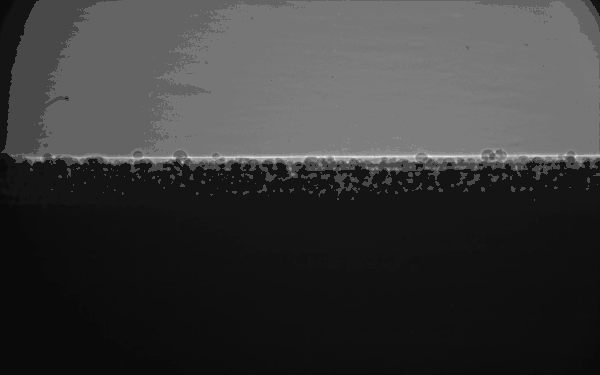Argonne National Laboratory, Illinois, has ramped up its additive manufacturing research with the addition of an infrared camera. Capable of capturing thermal signatures of melted particles at 100,000 frames per second (fps), the new addition is doubling down the lab’s efforts to enhance the reproducibility of powder bed fusion (PBF) processes.
Particle analysis
At Argonne, meltpool metrology research is conducted by the lab’s Advanced Photon Source – a synchrotron-radiation light source capable of high energy, and high speed x-rays.
By employing these x-rays on the powder bed, scientists are able to analyze the behavior of particles at up to 1,000,000 fps, then modify the process to make allowances for phenomena such as the spatter effect. Some of the lab’s most recent findings from high speed x-rays were published in Scientific Reports in June 2017.

X-ray and infrared – a perfect balance
Now with the thermal signatures of this behavior, the Advanced Photon Source provides another data point for enhanced analysis. Argonne physicist Tao Sun explains:
“Infrared and X-ray imaging complement each other,”
”From one side you have the X-rays penetrating the sample to help you see the microstructures without any thermal information, while on the other you have the infrared camera capturing many thermal signatures associated.”
Plumes of vaporized powder are just one example of what can be seen by the infrared camera, but not by x-ray alone

Defect detection
The real-world application of this level of metrology is, for example, in flaw detection. If correlations between the meltpool and defects can be found, then the process can be augmented to automatically detect those variables, as in ongoing surface metrology research at the National Institute of Standards and Technology (NIST).
Sun concludes, “Not everyone is lucky enough to have access to a powerful X-ray light source like the Advanced Photon Source, so if we can find ways to deliver information and tap into tools that most people have access to, like thermal cameras, we can have an even greater impact on the field.”
Subscribe to the 3D Printing Industry newsletter, follow us on Twitter and like us on Facebook for all the latest additive manufacturing research updates. Seeking a new development opportunity? Join 3D Printing Jobs now or advertise a vacancy to reach our specialized readership.
Featured image shows X-ray imaging of the powder bed. Image via Tao Sun/Argonne National Laboratory



